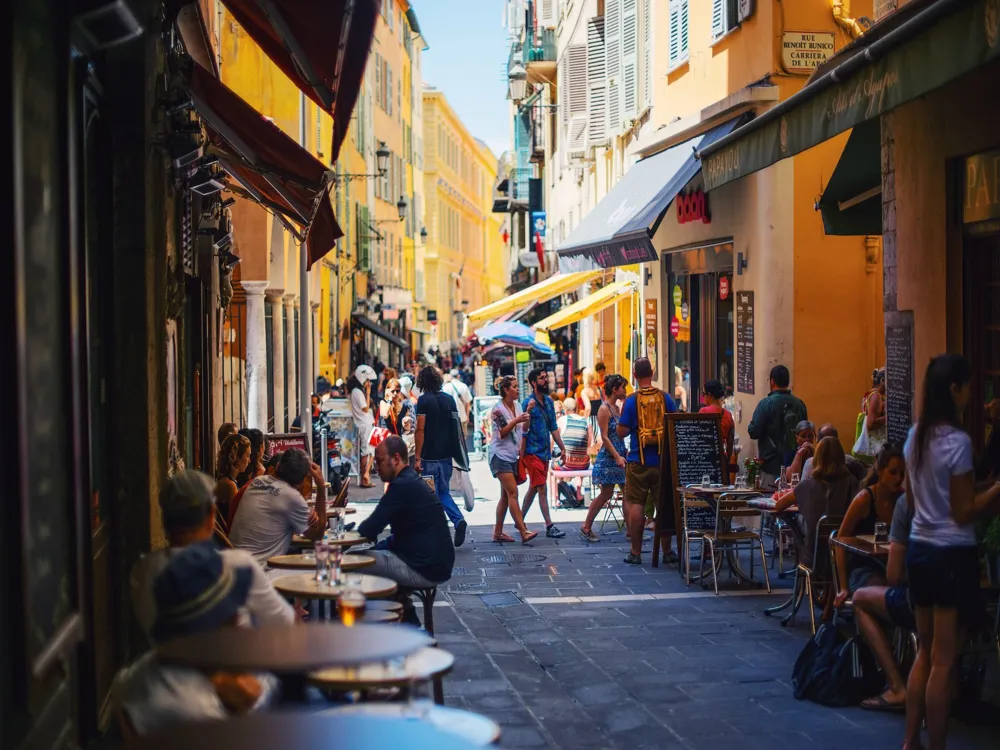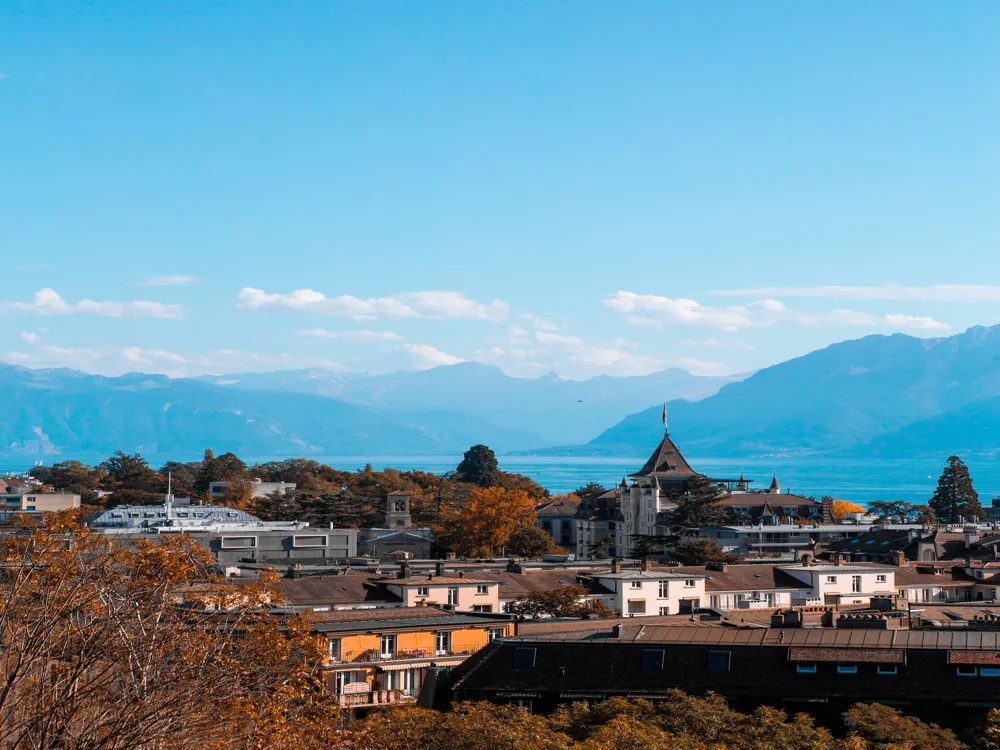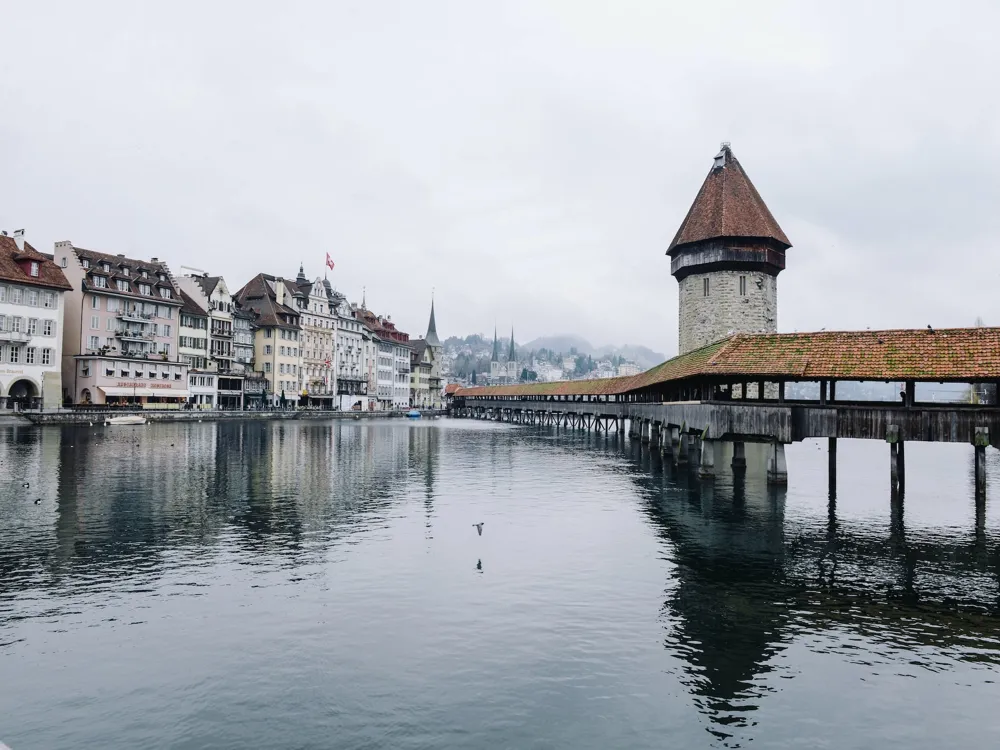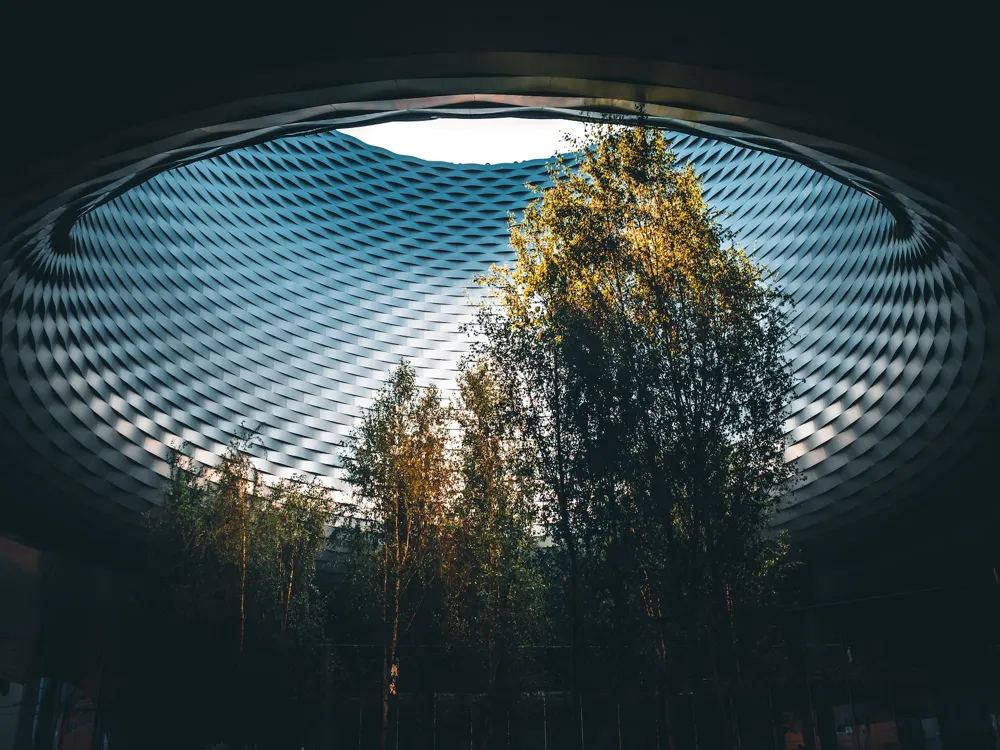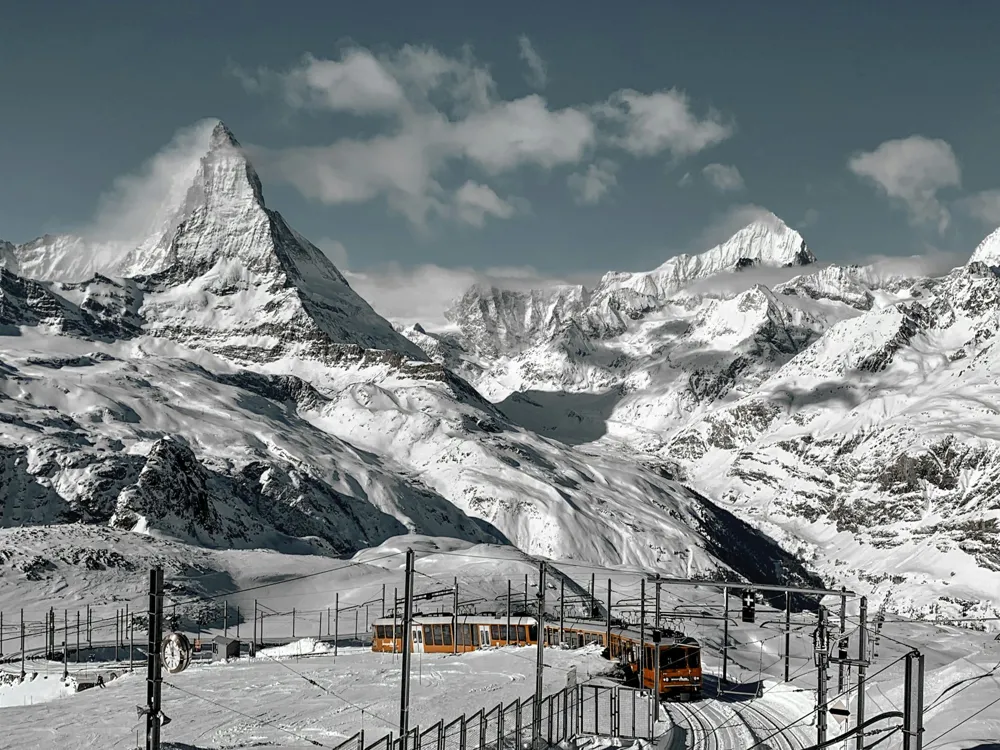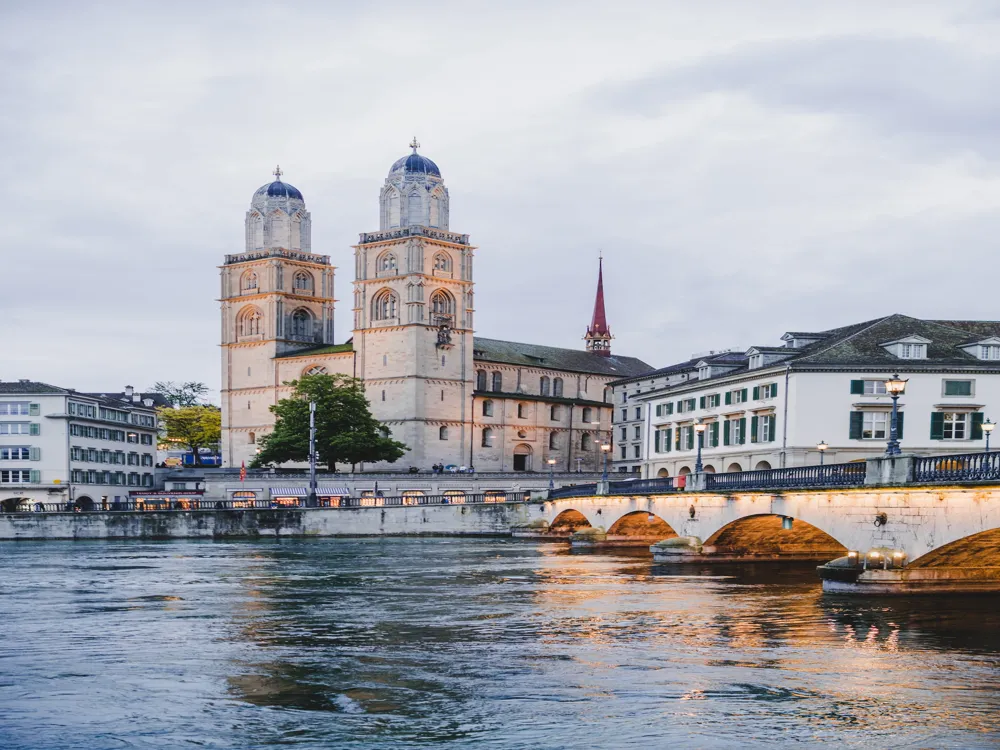The Palais des Nations in Geneva stands as a monumental symbol of international diplomacy. Initially built to host the League of Nations, it now serves as the European headquarters of the United Nations. This historic building not only holds a pivotal role in global politics but also showcases an impressive blend of architectural styles, reflecting the diversity of its international usage. The architecture of the Palais des Nations is a harmonious mix of Art Deco, Classical, and modernist influences. Its design reflects the spirit of collaboration and peace, with intricate details and grand halls that have witnessed numerous significant historical events. The building's facade and its spacious assembly halls are especially renowned, embodying both the grandeur and the functional purpose of the structure. It's advisable to plan your visit. Check for any specific visitor requirements or restrictions that might be in place, especially considering the diplomatic nature of the site. Consider joining a guided tour to gain deeper insights into the history and current role of the Palais des Nations. These tours often provide access to rooms and artifacts not available to the general public. Be prepared for security checks. Also, note that the building is equipped to accommodate visitors with disabilities. The Palais des Nations is accessible via public transport in Geneva. The nearest tram stop is 'Nations', which is well-connected to various parts of the city. For those driving, there is limited parking available. Visitors are encouraged to use public transport due to the central location and its convenience. Read More: Overview of Palais des Nations, Geneva
Architecture of Palais des Nations
Tips When Visiting Palais des Nations
Planning Your Visit
Guided Tours
Security and Accessibility
How To Reach Palais des Nations
Palais des Nations
Geneva
₹ 97,000 onwards
View geneva Packages
Geneva Travel Packages
View All Packages For Geneva
Top Hotel Collections for Geneva

Private Pool

Luxury Hotels

5-Star Hotels

Pet Friendly
Top Hotels Near Geneva
Other Top Ranking Places In Geneva
View All Places To Visit In geneva
View geneva Packages
Geneva Travel Packages
View All Packages For Geneva
Top Hotel Collections for Geneva

Private Pool

Luxury Hotels

5-Star Hotels

Pet Friendly











